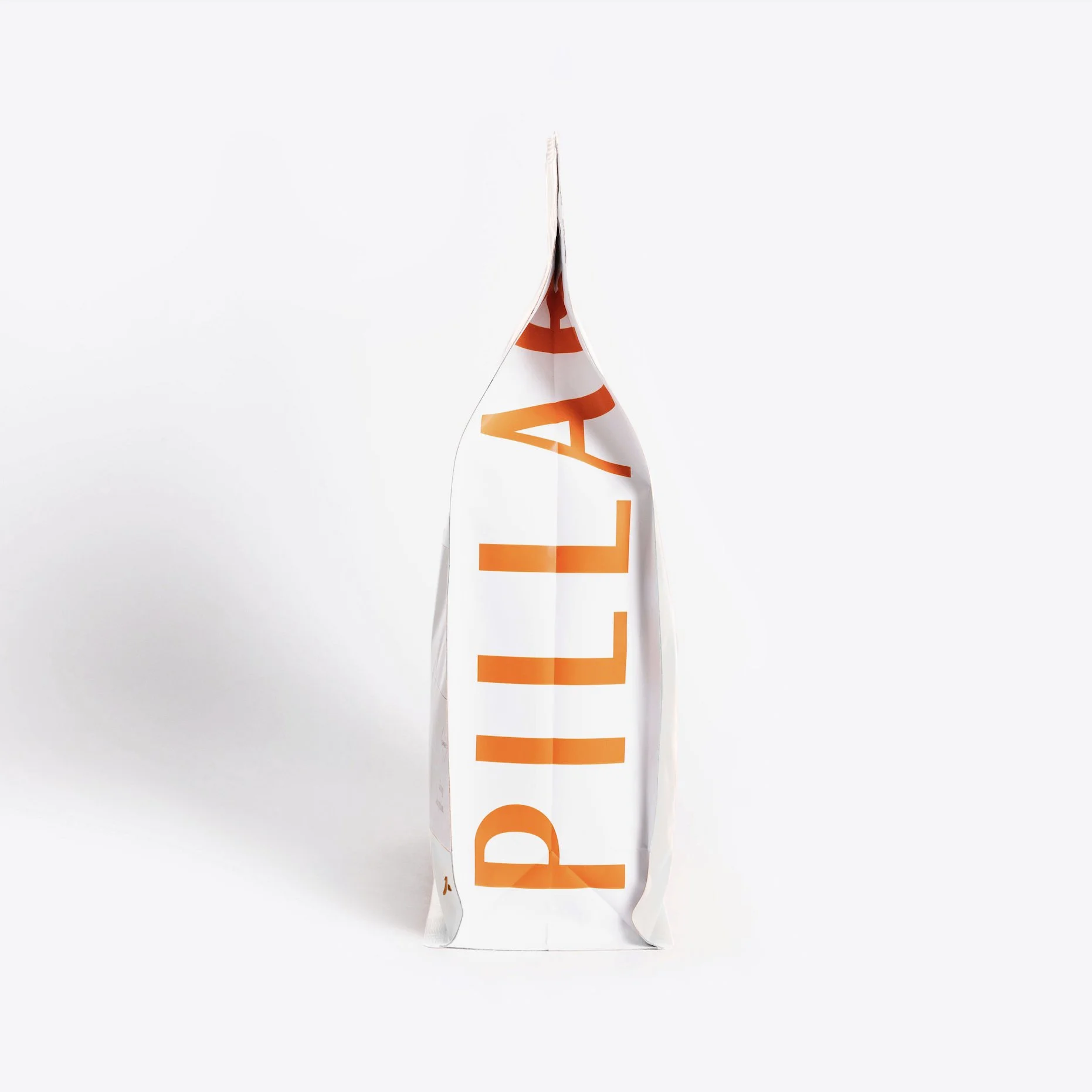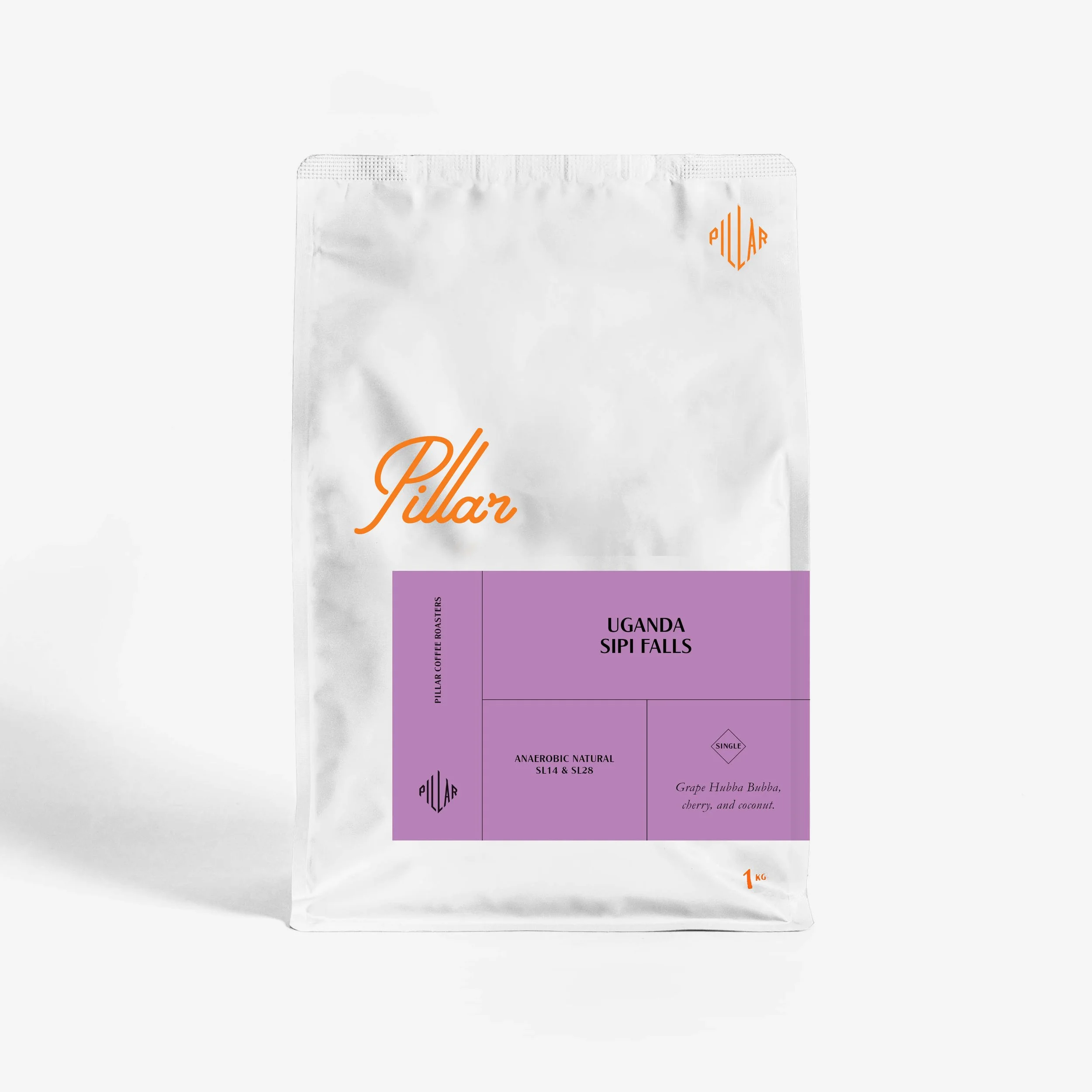Papua New Guinea Kindeng Mill - Filter


Papua New Guinea Kindeng Mill - Filter
Papua New Guinea
Kindeng Mill
Kindeng & Arufa municipalities
Jikawa province
1520-1770masl
Arusha, Bourbon, Typica
Natural
Tropical fruits, plum, and passion fruit.
Where do you reckon that's from? One cup jumps off the cupping table. A Tuesday morning cupping session, we don't know what we're in for. Right out of the gate, this is one super fun coffee.
Bang, a vibrant acidity sparkling and pinging with tropical fruit--such a broad spectrum of flavours. It's super complex yet rounds nicely into a deeper sweetness with plum and passion fruit linger. Ethiopia? Nope. Tanzania? Nope.
This coffee from the small but mighty Kindeng Mill has reminded us of the importance of keeping an open mind!
Small but mighty: Located in the Kindeng and Arufa municipalities, the Kindeng Mill processes coffee from 1,500 smallholder producers. Smallholder farms in the region consist predominantly of sandy loam and loamy clay, with the majority being just 1-2 hectares in size. In PNG, these small farms are referred to as 'garden farms' with a small amount of coffee grown alongside fruits and vegetables and whatever else their families and communities may need.
A rare gem from PNG: It is common to find PNG coffees in espresso blends these days, and for a good reason: they have fantastic fullness, big flavour and creamy in-cup body qualities. However, even when sourcing these coffees for espresso blending, we must scrutinise them closely, checking and cupping diligently for defects.
Why? PNG is super wet for much of the year--The unrelenting humid tropical climate means coffee stays wet for longer, increasing the likelihood of excessive undesired microbial activity defects and making it difficult to achieve even and effective drying.
How do they present? These faults can show up in several ways. Firstly, excessive microbial activity can result in an unpleasant vinegary overfermentation. Secondly, light dustiness or moldiness can present, but typically in lower-grade coffee (which we don't buy!). Lastly, the evenness of drying only shows up across the life of the lot, so the cupping of many samples before purchase commitment is imperative.
Kindeng an exception: Once selectively picked, the cherry is graded, sorted and placed on raised beds and canvases to dry. Additional care and attention are taken across the drying phase at the Kindeng Mill to ensure optimal and consistent drying across the entire lot. Drying and curing for stunning clarity, shelf life and consistency.
After four weeks, the coffee is hulled, milled, and placed into bags, where it is stored in cool and dry conditions awaiting export.
We are so happy to share this delicious coffee from the Kindeng Mill. It's sure to surprise and challenge some of those preconceptions we all have from time to time in specialty coffee.







